The holy month of Ramadan is a time of prayer and detachment from worldly pleasures. Ramadan means thirty days of self-cleansing, good deeds, giving out more, and getting closer to God. During Ramadan, Muslims fast from the brink of the day (early sunrise) till late in the evening and the time of Iftar, when they break their fast. If you are traveling to Iran you need to precisely know when Ramadan starts in Iran because it complicates things for tourist and adventurers. During Ramadan in Iran, most of the restaurants are closed to help people who fast over the day and even drinking water in the streets is considered rude and unmindful. Although Ramadan may sound like a tough month for outsiders to travel to Iran, it definitely has its own benefits and in some ways help travelers.
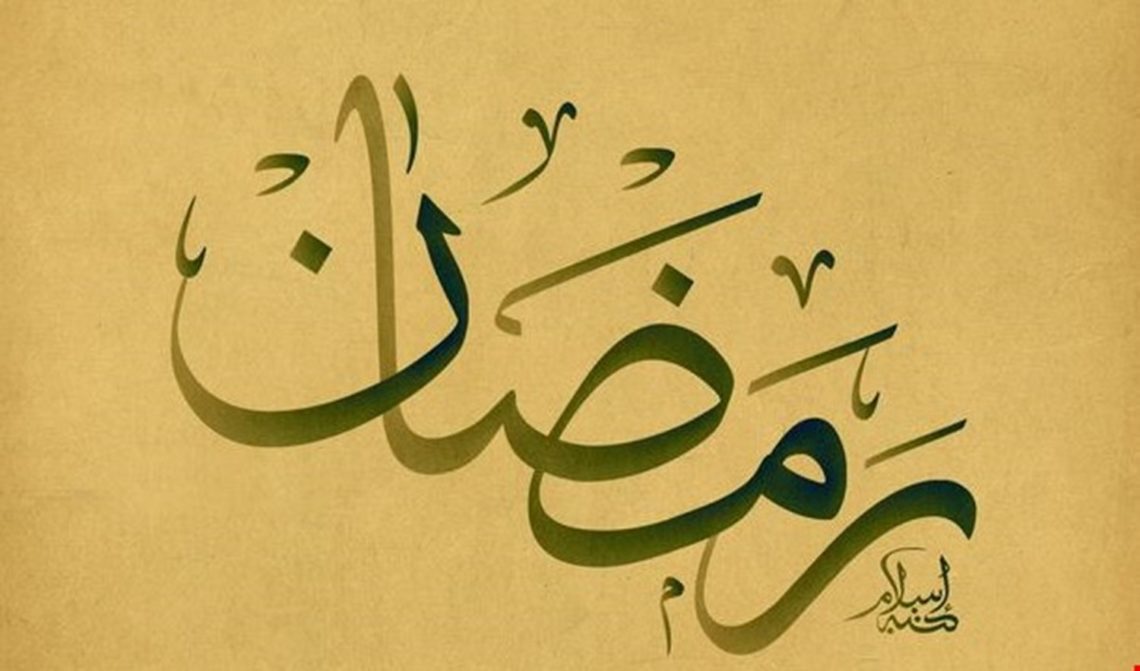
Travel Iran during Ramadan
How Iranians handle Ramadan?
“The heat of spring makes is killing her. It’s only the first week of Ramadan but she’s already thinking about dying. She runs into a seemingly quiet and empty alley, everything looks perfect. No demanding eyes to know what she’s doing or what she’s holding in her hands; A cold chicken sandwich she barely ditched out from a nearby restaurant. She wipes the nuisance drops of sweat cruising down her forehead by the hard from her face and scans the area one last time. This is her chance, her only chance to fill her tummy with some cold food before she heads back to the office. Everything seems to be working in her favor but all of a sudden, she catches the sight of a parked car. Its driver staring curiously at her with his mouths full and his eyes wide as a fish-eye lens. An awkward pause fills the moment between them but suddenly, they both burst into loud laughter as they realize they are both law-breakers and eating out during Ramadan.”
To know more about Persian customs and traditions check out this article: Persian customs
This is just a clumsy description of some of the quite interesting social behaviors you might end up seeing in your visit to Iran during the holy month of Ramadan. While fasting and being on a kind of hunger-strike for more than 14 hours a day during this month is important to many Muslims around the world and they take it too seriously, we Iranians are more like easy-going believers and don’t want to put ourselves through too much trouble. That’s why, at the start of each year’s Ramadan, you here us sighing the meme phrase: “Here we go again!”
As you probably know, during the holy month of Ramadan in Iran restaurants, fast foods, coffee shops, wheeled food joints, and anybody capable of cooking and serving warm food are expected to close down till the evening Iftar meal time (approximately 8:20 PM in local time, going back few minutes every day) and not serve anything, even take-outs. Even so, some hotels and restaurants, especially those who are working with tourists or have a guest from other countries, serve warm food and even have them secretly delivered to other people, in black plastic bags so nobody can see the delivery guy handing the food to the customer.
Iranian’s unique meals and sweets during Ramadan
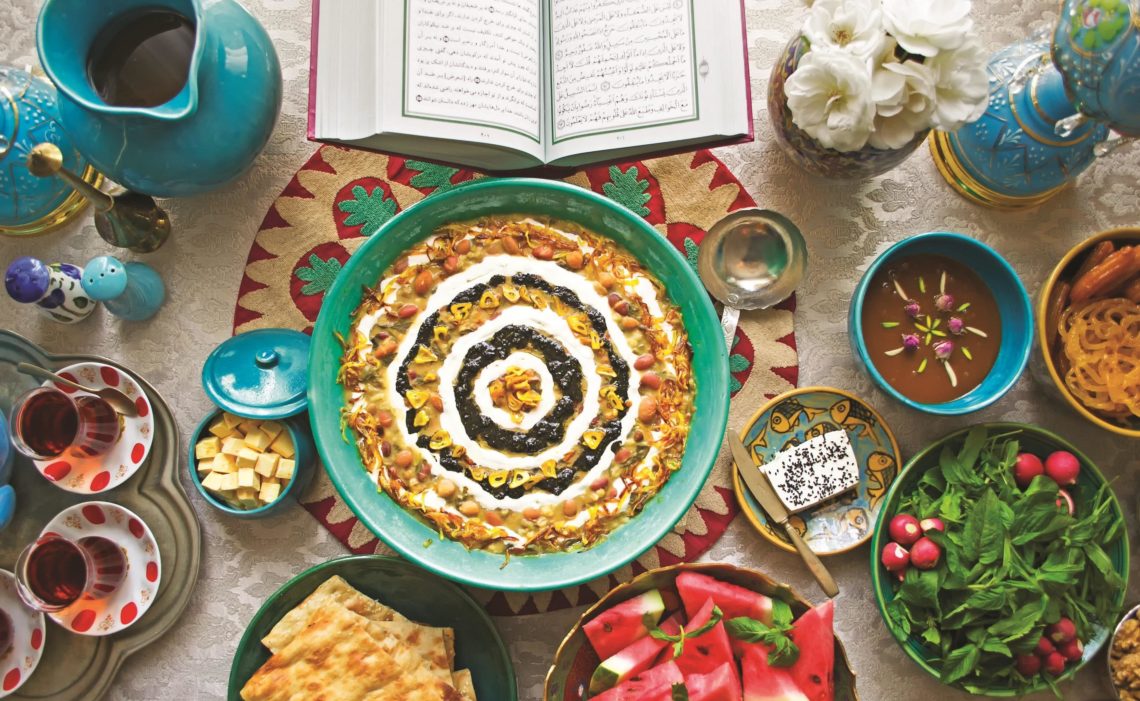
Ramadan in Iran
The ninth month in the Islamic calendar still plays an exceptional role in our traditions, customs, and let’s not forget, in the order of foods in roughly all Iranian restaurants menus. Fantastic stews, mouth-watering sweets, fresh dates, traditional Azari cheese with vegetables and nuts accompanied with a glass of tea to wash them down are what you can find on any dinner table in Iran during Ramadan. if you want to know more about the most delicious food in Iran, check out this article: The most delicious food in Iran
One thing to remember is that these traditional Iranian meals and food can be found all throughout the year in some special restaurants but their popularity grows heavily over the holy month. If you travel to Iran during Ramadan, you will find long-table setups in front of almost every grocery store, restaurant, Kebab joint, or even rolled down the streets by the streets vendors, crowded with big bowls of ingredients and goodies specially cooked for Ramadan.
1.Zoolbia Bamieh
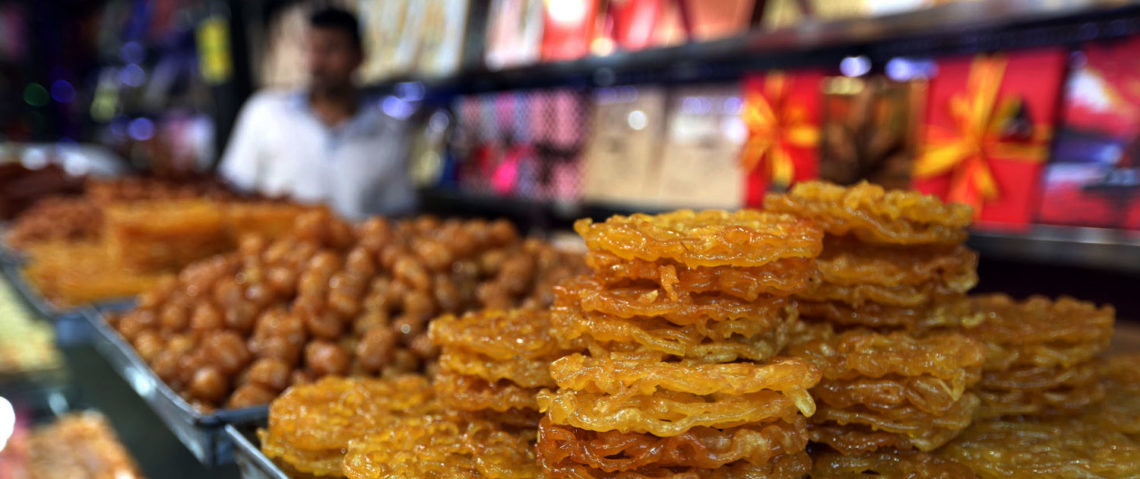
Zoolbia Bamieh
Never had one of these bad boys before? Then you are in for a treat. These crispy Persian doughnuts are basically deep-fried dough which afterward is dunked in tasty syrup. Crispy on the outside, soft on the inside, these little sweets of heaven are always dripping with sweet saffron syrup. A word of caution, don’t start mouthing down these bad boys if you’re not prepared. Because if you pick one, there’s no turning back. if you are vegetarian, here is a guide to vegetarian Iranian food.
2.Halim
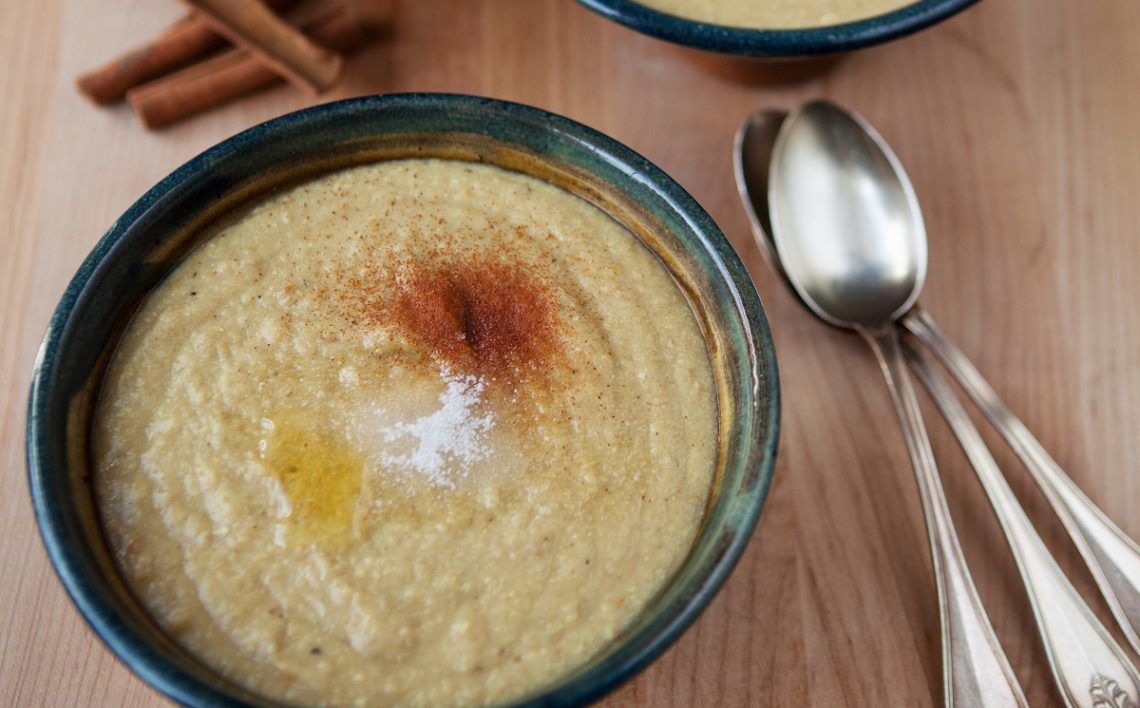
Halim, Iranian food
If you’re traveling to Iran during Ramadan, the scent of freshly cooked wheat with meat at the Iftar time or before the sunrise won’t let go of you. Some Iranian cooks still insist on cooking Halim the old fashion way; by cooking the wheat and stirring it all for 12 hours and then adding the meat and serving it. After putting time, effort, and some love into making this porridge, the least you can do is to make these cooks happy by buying a whole lot of fresh Halim for Iftar and Sahari meals and makes yummy sounds as you irresistibly swallow spoons after spoons of the traditional Iranian meal.
3.Ash reshteh
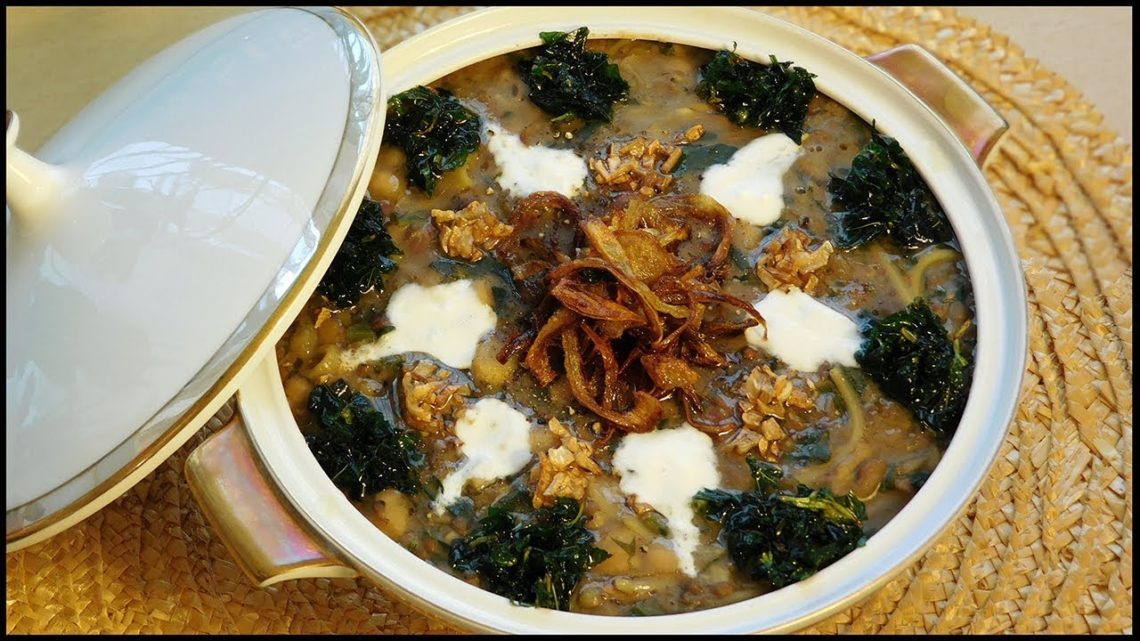
Ash reshteh, Iranian food
One of the best traditional Persian stews. Think of it as not a stew but a heavy mixture of vegetables, fried onion, meat, nuts, beans, Reshte (Persian noodle), and lots of other things. It summarizes everything you possibly want to eat during a week into a small bowl. Wherever Halim pots are to be found in Iran during Ramadan, Ash Reshte pots are bound to be boiling next to them. If you aren’t interested in traveling to Iran for social or political reasons, that’s fine! But at least do it for the sake of Ash Reshte that always makes you face a dilemma; the stew or Halim? if you want to know more about Persian dishes, check out this article: Persian Dishes
How Ramadan affects tourism in Iran?
If you are planning to travel to Iran during the holy month of Ramadan, there are few things you need to know. First off, never drink or eat anything while you’re out in the public, some people don’t like it and might take it as an offense. Almost all tourist attractions and sights are open during day time. Make sure to check this with your local guide or if you have an Iranian friend, make sure to ask them to for more information. Lastly, and possibly the most important one is that because of the holy month of Ramadan, some tourist attractions entry fees are lowered and hotel room prices tend to drop down. That makes Ramadan the best time to visit Iran.
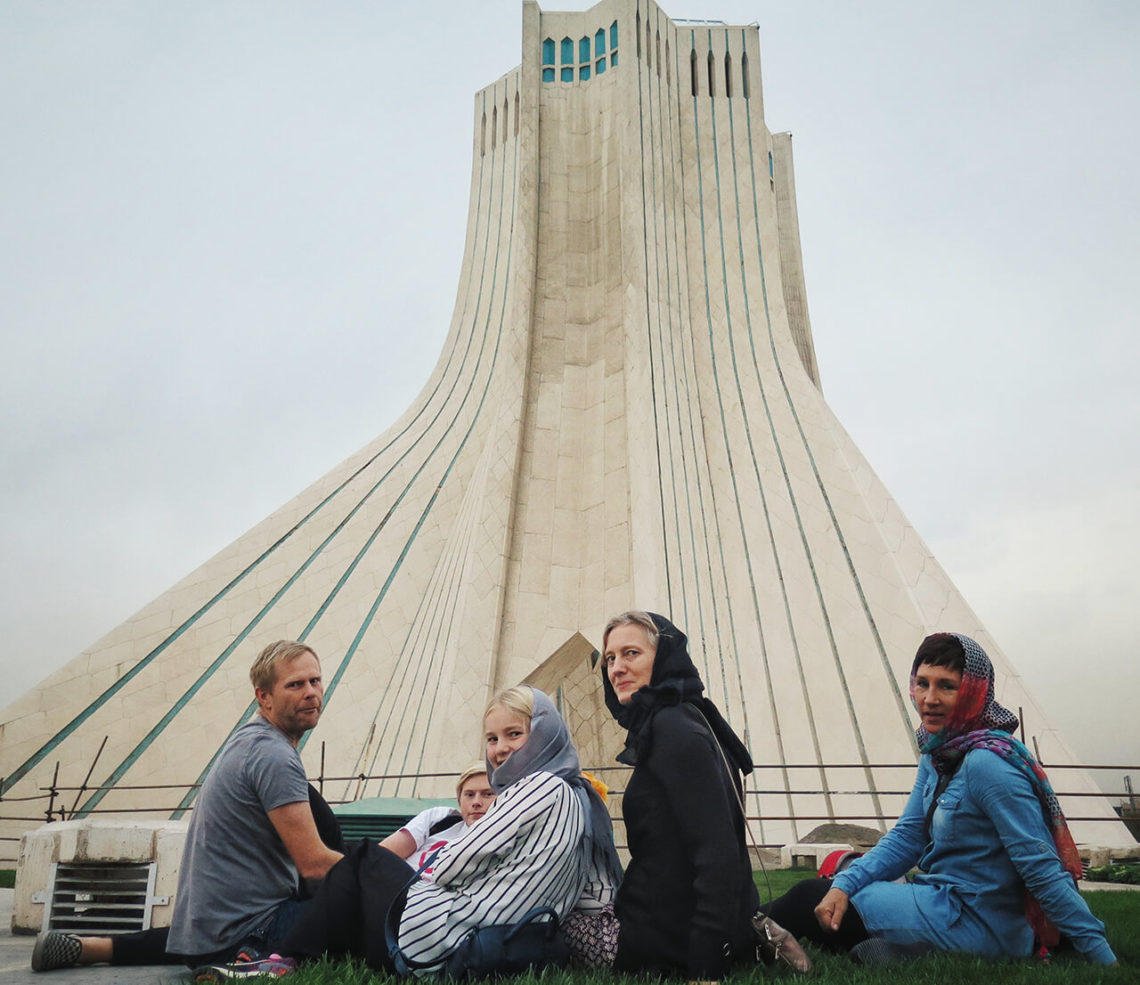
Azadi Tower, Tehran, Iran
Ramadan in the middle of Iran’s spring means fewer people in the streets and fewer travelers willing to go around the country. Also, fasting drains out the body’s energy and makes people less interested in going out during the height of the spring. For these reasons, Iranians become more of nigh-time people and everybody goes out after eight making nights even more lovely. The nightlife of Iranians makes other people’s look like a math class, so don’t miss out!
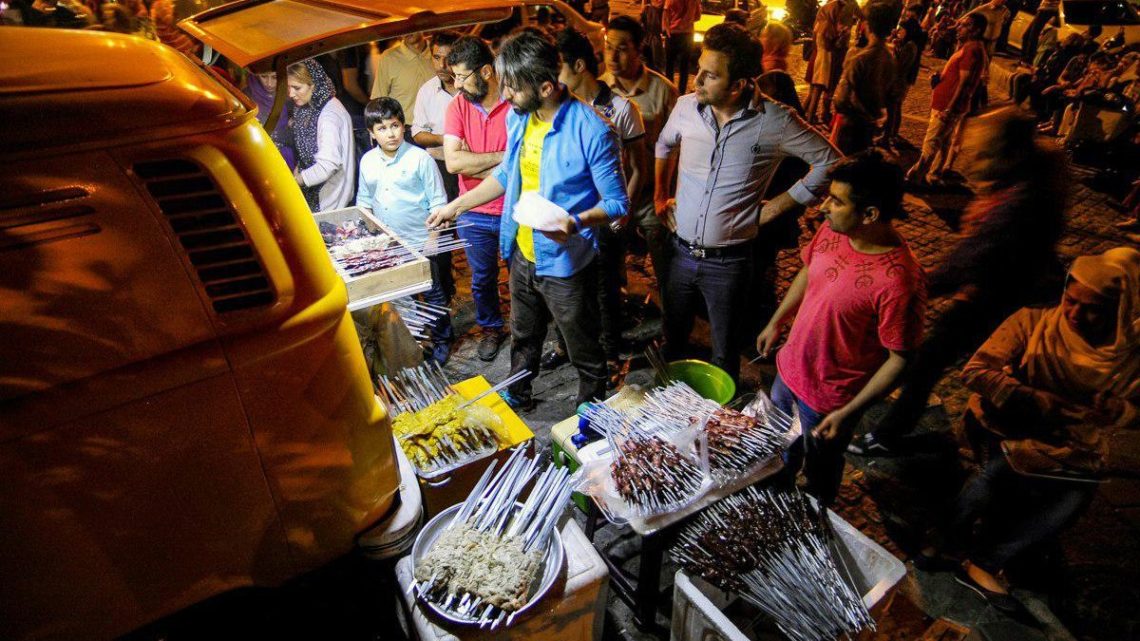
Nightlife in Iran during Ramadan
Customs during Ramadan in Iran
21st of Ramadan, the day of Imam Ali’s assassination, is probably the best day to be in Iran if you want to see some off-the-charts Persian customs. Over this day, many religious groups start their memorial ceremonies to play their respects to Imam Ali and mourn his brutal death. Religious rituals take place all over the country which makes Ramadan in Iran more unique and memorable. Thousands of Black-clad chest-beating local participants swarm the cities of Iran during the 21st of Ramadan commemorating martyrdom of Imam Ali, while religious street theaters, free food givers, and traditional Persian Sharbats on tables decorate the streets of every city in Iran.
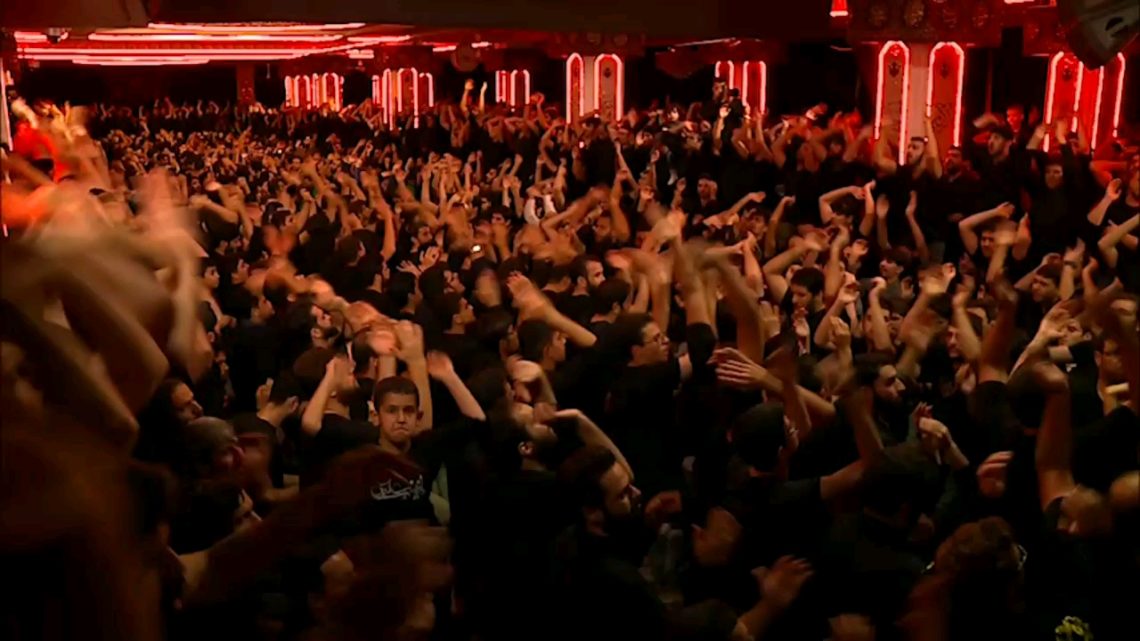
People mourn for Imam Ali’s death
